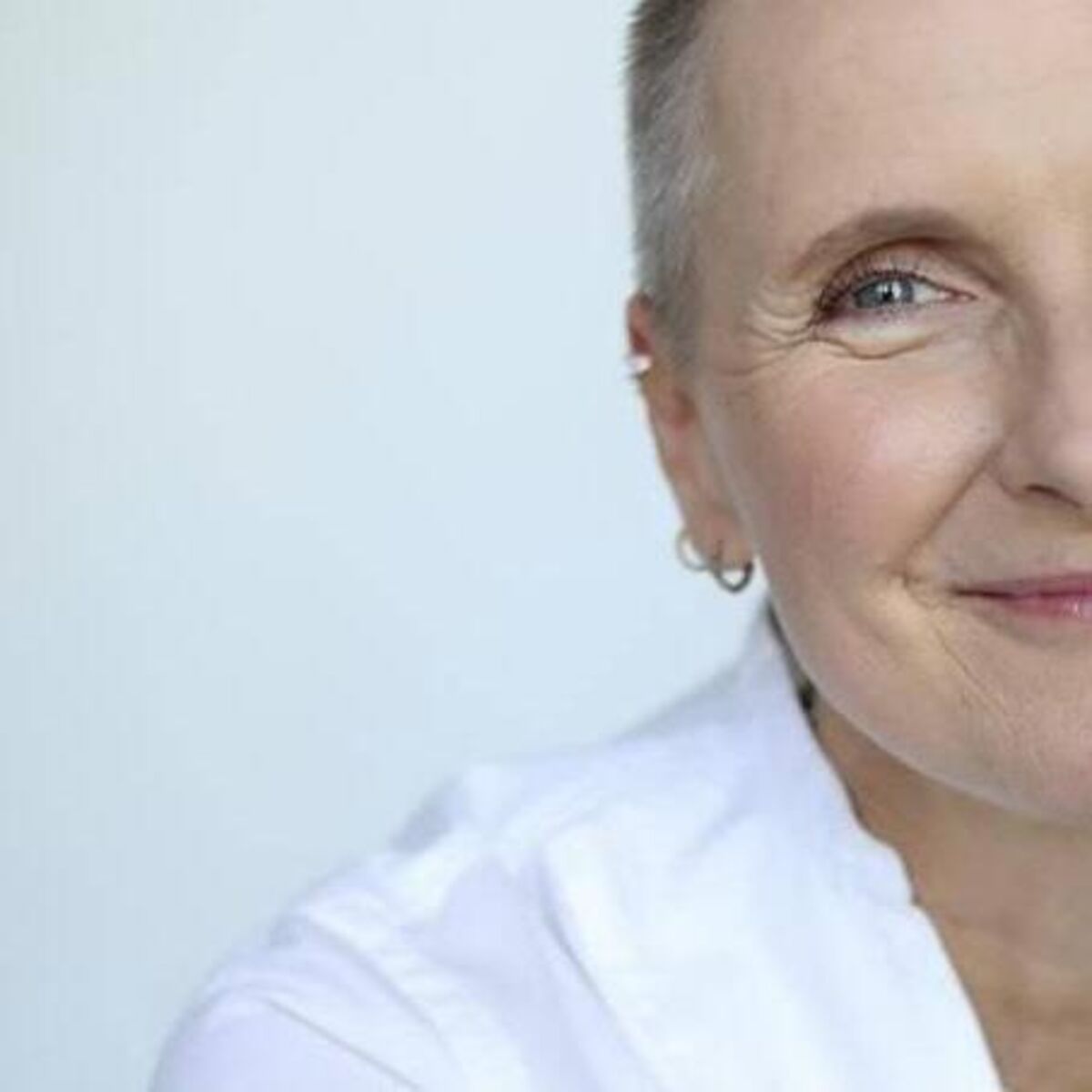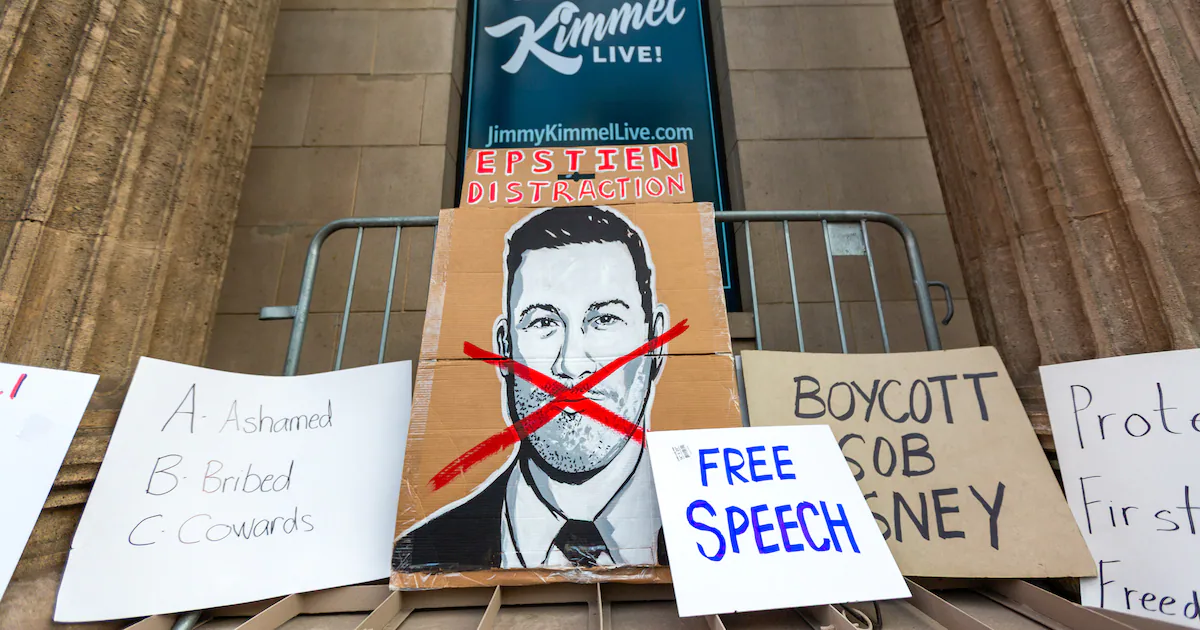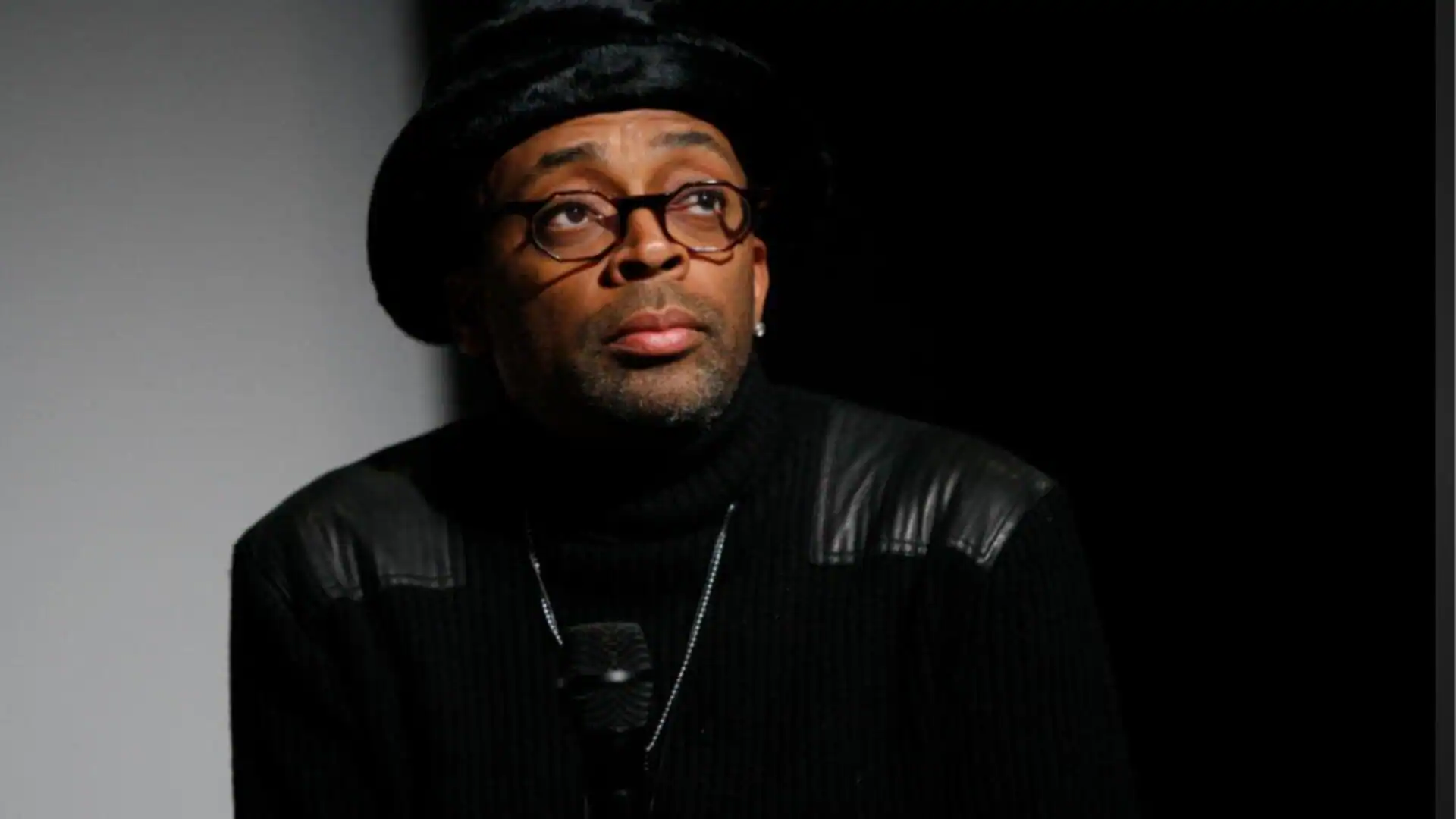By Irishexaminer.com,Suzanne Harrington
Copyright irishexaminer

As well as being co-dependent, Gilbert is also a sex and love addict — the two behaviours go together like love and marriage. “If this were a 12-step meeting in the recovery fellowship that I attend on a regular basis, and if I were speaking about my own addiction, this is how I would begin,” she writes.
“‘Hi, my name is Lizzy and I’m a sex and love addict.’ If I wanted to get more specific about the matter, I might add: ‘I’m also a romantic obsessive, a fantasy and adrenaline addict, a world-class enabler, and a blackout codependent.’”
While Gilbert’s late partner Rayya Elias — author of the 2013 memoir Harley Loco, who died of cancer, not murder, in 2018 — was addicted to substances (cocaine, heroin, alcohol), Gilbert is addicted to behaviours (co-dependency, sex, and love). She describes her relationship history as “about as satisfying as hijacking a revolving door”.
On Oprah’s Book Club, she says: “All I’ve ever wanted has been to give my power to someone. Who’s going to take care of me? Who’s going to rescue me?” She looks at new partners and wonders, “Will you be my home?”
It’s not just Gilbert. Our culture is awash with co-dependent relationships, from the comical (Marge Simpson, Monica in Friends, the mother/daughter dynamic in the Gilmore Girls) to the classical (Jay Gatsby and Daisy Buchanan in The Great Gatsby, the couple in James Baldwin’s Gionvanni’s Room) to the classically destructive (Sid and Nancy, George and Martha in Who’s Afraid Of Virginia Woolf, the Olivia Coleman-Benedict Cumberbatch couple in The Roses).
Fix, manage, and control
In her seminal 1986 book Codependent No More: How To Stop Controlling Others and Start Caring For Yourself, Melanie Beattie suggests that co-dependence has been around “since people first existed”.
She describes co-dependents as those who “have worried themselves sick about other people. They have tried to help in ways that didn’t help.
They have said yes when they meant no. They have tried to make other people see things their way. They have bent over backwards, avoiding hurting people’s feelings and, in so doing, have hurt themselves.
They have been afraid to trust their feelings. They have believed lies and then felt betrayed. They have wanted to get even and punish others. They have felt so angry they wanted to kill… They have worn sackcloth because they didn’t believe they deserved silk.”
Gilbert describes the “maths of co-dependence” as pouring all of your love and resources into another person, then begging for some crumbs in return. She calls it being a “crumbaholic”.
Co-dependency meant she was always trying to “fix, manage, control” those around her. This desire to fix, manage, and control went stratospheric when the success of her 2006 memoir Eat, Pray, Love made her very wealthy very quickly: she gave huge amounts of it to those around her, from family to neighbourhood businesses. What sounds like incredible generosity was driven, she says, by her urge to fix, manage, control.
“The classic sign of a co-dependent relationship is imbalance,” says psychotherapist and counsellor Celine Murphy. “The co-dependent person is constantly thinking about the needs of others — and meeting those needs. It’s a subconscious mechanism to avoid their own life, and it flows into every kind of relationship. Romantic partners, friendships, family members. The co-dependent person is the martyr, the fixer, the one who sacrifices. They are totally enmeshed in the lives of others.”
In 12-step fellowships for the loved ones of addicts, there tend to be more women than men, although you don’t have to be connected to an addict to be co-dependent. Gilbert suggests that women tend more towards co-dependency than men because we are conditioned from birth to be all-giving, all-sacrificing, all-available.
“Women tend to be more co-dependent because of socialisation, and it’s generational,” says Murphy.
“We learn it from the mother figure.” (Think of the old martyr cliché of the Irish Mammy: ‘I’ll just sit here in the dark’).
However, as Gilbert’s extreme case highlights, the caring, loving selflessness can be a need for power over the other person.
“When a co-dependent person is enabling someone else, it often spills over into control,” confirms Murphy.
“The co-dependent thinks they’re coming from a loving place — look what I’m doing for you —but really it’s more to do with control.”
Co-dependency recovery
It is, however, eminently possible to recover from co-dependency, either through talking therapy, 12-step fellowships (CoDa, Al Anon, Sex & Love Addicts Anonymous), or both.
Murphy says the first thing to look at is the co-dependent person’s family background. “Was there alcoholism or addiction, was it chaotic? Co-dependents can often subconsciously pick out the addict in the room — if they grew up with an alcoholic parent, this may bring up a familiar feeling: ‘I can fix them’.”
It can take time for the co-dependent person to realise that they are not nurturing but enabling, and that co-dependence is really a form of self-abandonment. “You are the person with the issue,” Murphy continues. “The therapy is for you, not your partner or loved one. Learning to set boundaries is for you, not the other person.
“It sounds harsh, but I tell co-dependents that they need to learn to mind their own business. They need to learn to look after themselves. To build confidence and self-worth, and to examine the childhood wound.
“Therapy can show them that actually they are being the mammy in the relationship, and nobody wants to be in a [romantic] relationship with their mammy.”
Not that it’s just women. “Men can be co-dependent too,” she says, adding that some of the most emotionally abusive dynamics can involve male co-dependence. However, men are often more associated with coercive control, a behaviour which differs significantly from co-dependence.
“Coercive control is about power, and is a form of emotional abuse, while co-dependency is about connection,” explains psychotherapist Orlagh Reid. “People who coercively control seek power and autonomy over their partner, will love bomb them, manipulate them, promise them everything but give nothing. Whereas co-dependents are trying to control their sense of connection and safety.”
Reid goes on to explain how the term co-dependent — that clinical categorisation of people in relationships with addicts — is being redefined from co-dependent to pro-dependent.
“Co-dependency is an outmoded term which we are moving away from,” she says.
“Clinically, we would categorise the person as having anxious attachment style, someone who needs constant reassurance to feel safe in themselves.” Pro-dependence, she says, “is more about having the autonomy to look after yourself while acknowledging that your partner has an addiction, so that you are as healthy and self-regulated as possible.”
Establishing boundaries
Delia* is the daughter of alcoholic parents who was brought up by her mother. Her father was mostly absent. From early childhood, she learned how to gauge the emotional temperature of a room, read people, and make herself useful. If her mother was in a good mood, so was Delia.
“I was four years old and I could read the room,” she says. “I used to think that I was responsible for my mum’s moods — that if I made her tea right, she’d be nice to me. I thought alcohol was her medicine.”
She endured considerable neglect as a child. Her mother became increasingly mentally and physically unwell, and died of alcoholism when Delia was in her teens.
Delia became a mother in her teens, vowing to parent her own daughter differently. She made herself indispensable to her daughter, doing everything for her, anticipating her every need.
When her daughter had her own baby in her teens, they became even more enmeshed. The relationship was classically co-dependent, with the daughter expecting Delia to be permanently available and responsible.
“There was always drama,” she says. “Drama and chaos. It was exhausting, but I just thought I was being a good parent by doing everything for her all the time.”
The turning point came when Delia entered a new relationship, and her focus shifted to her partner, who worked in mental health. With the partner’s insight and support, she realised her co-dependency and began putting boundaries in place.
“I was co-dependent with everyone, even my friends,” she says. “I didn’t know what I was feeling, only what you were feeling. Going to therapy and reading up on co-dependency was a revelation.”
Her daughter reacted to the shift in the relationship dynamic by ending contact with Delia.
Despite several attempts at rerouting the relationship, Delia has not seen her daughter or grandchild for several years. After much talking therapy, she accepts the loss, and continues to have a loving, functional relationship with her partner.
She says that despite the loss of her daughter, she feels at peace. “I know the difference between empathy and co-dependency now,” she says. “And not just intellectually — I feel it.”
Name has been changed



